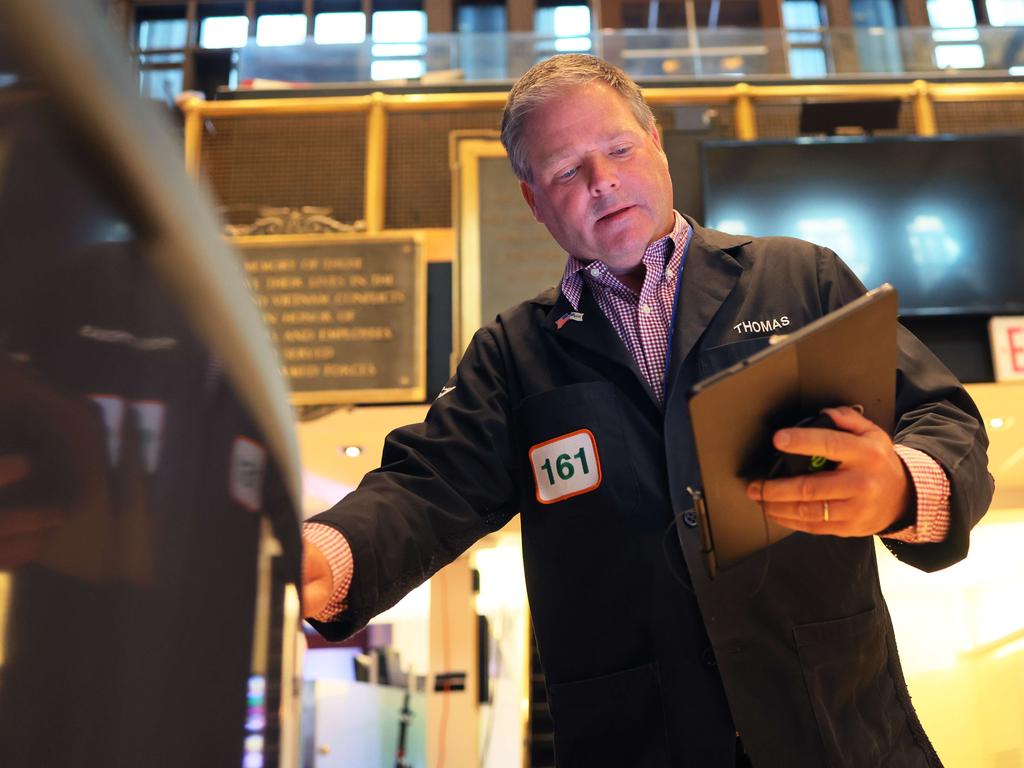
It will be an era of much higher consumer price inflation: many estimate that in the US and globally it will rise to around the 10 per cent mark, with an accompanying big rise in interest rates.
Areas of the Australian economy are set to be hit much harder than other parts of the developed world.
Neither the major political parties nor the journalists covering the election are warning the electorate of the dangers that the Leadership Summit foreshadowed. This should not happen in a democracy.
Over more recent decades a series of difficult world economic situations were overcome via money printing by central banks, plus infrastructure investment.
But during the Covid emergency central banks, led by the US Federal Reserve, took money printing and low interest rates to extremes.
In previous cases of money printing and in the initial stages of the Covid exercise the inevitable inflation that is generated was directed to asset prices and not consumer goods. In previous money printing, inflation in consumer goods was curbed by greatly increased low-priced production in China and other parts of Asia, especially in clothing, food, appliances and vehicles. And with consumer price rises constrained, rising asset prices, led by houses, increased confidence.
But the Covid money-printing stimulation was too big and too wide, and now in 2022 China’s
costs in many areas are rising at a 12 per cent annual rate. Where they pass the costs on to Australia this will slash margins for those who do not or cannot increase their prices to cover. In addition the China supply chain is being seriously interrupted by Covid restrictions.
The Ukraine war added to inflationary momentum by boosting energy and food prices. We now see unadjusted inflation numbers in both the US and Australia topping 8 per cent and looking to go higher.
In Australia the ALP wants big wage rises to cover cost of living rises and vast amounts of government spending. The Coalition is not cutting spending and, while not as enthusiastic as the ALP about wage rises, still advocates them. Supermarkets and other retailers now pass on product cost increases. The parties do not recognise that Australia is one of the most vulnerable countries in the world to this new high-inflation, higher-interest-rate era.
Our money printing did not match the US but our banks undertook actions that were far more dangerous. In the last two years they have lent a massive $650bn, equivalent to 30 per cent of the housing loan stock. No other major country was so stupid.
According to the Commonwealth Bank, if rates rise by much more than 1.25 per cent there will be community carnage because people will not have the money to pay the higher rates, especially as many will owe much more on their dwelling than it is worth.
Currently markets are looking at interest rate rises of, say, 3 per cent. But with 8 or 10 per cent inflation and much higher interest rates likely overseas, a 3 per cent rise may not be enough. And it is dangerous to have Australian interest rates lower than the US if our inflation is similar.
Like all predictions these forecasts can be wrong, and not everyone at the summit agreed. Indeed many young people believed they could escape the looming conventional asset value fall via the world of digital assets, which will bypass conventional rules.
As I listened to the young people I could see that enormous value would be created by many new technologies and databases. But, to me, they sounded like the speculators who believed that the Poseidon Nickel ore body discovered in 1969 was open at both ends so had almost unlimited resources, and there was value in the leases either side of the ore body.
As in technology, for every worthwhile bonanza mineral discovery there are many failures and the values are not immune from what is happening in the wider capital markets.
Those that use borrowed money to punt on high-risk mining leases and cryptocurrencies can be wiped out.
When Wall Street fell sharply at the weekend there was a swing to gold and a fall in the highly leveraged crypto currencies.
Accordingly, as old timers like me listened to the younger enthusiasts there was a shaking of the heads. I hope the younger enthusiasts are right and people like me are wrong. If the reverse takes place then there will be a 1970s-style disillusionment which contributed to a later recession.
One or two investment family investment managers at the summit say that the companies that do well in such an environment are those with pricing power. But as interest rates follow the inflation path, many asset prices will be adjusted down. And so, although a particular enterprise might continue to trade well, its share price falls. They are increasing the cash content in their portfolios.
A special danger will emerge in Australia where super funds have invested heavily in private equity, property and other unlisted assets. If the values of non-listed assets are not quickly lowered to reflect sharemarket values investors will switch assets, potentially leading to large withdrawals.








World markets are entering an era that they have not encountered for decades. That was one of the messages that many local and international delegates signalled at the ADC’s Australian Leadership Summit in Brisbane over the weekend.